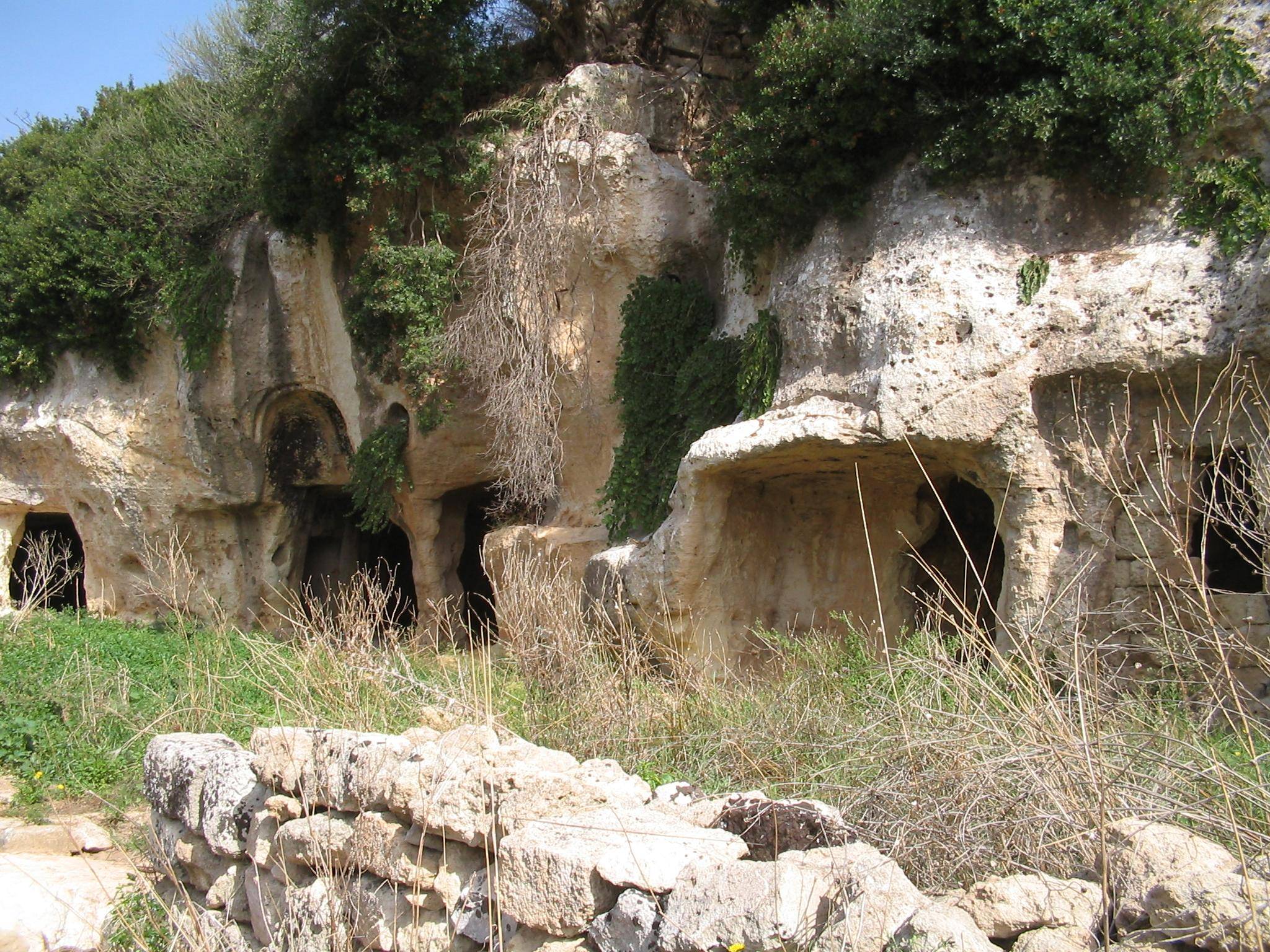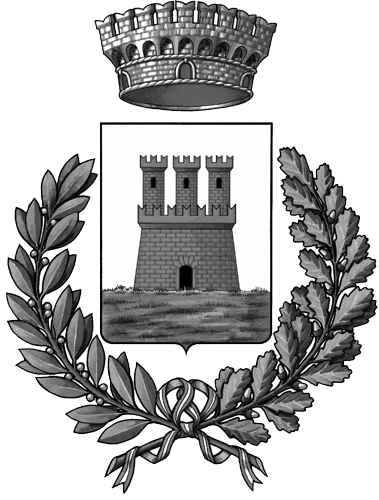Rupestrian settlement of Our Lady of Constantinople
360 / 3D

Rupestrian settlement of Our Lady of Constantinople
Year of construction IX-X secolo
AddressGravinella di Coriglione
Coordinates40.61871469999999,16.936977800000022
Rupestrian settlement
Rupestrian settlement of Our Lady of Constantinople
Exterior
This rupestrian church is located on the left side of the ravine of Coriglione, in Contrada Cozzo, about 1 km south of Castellaneta. It is clearly visible from the road. Its first excavation should date back to the 9th-10th century, and it has been later enlarged with the addition of the right aisle and Romanesque style arched niches on the side walls between the 11th or 12th century.
The entrance surmounted by a lunette is the original one, while the other were opened during a later excavation period. On the right there is another cave, probably used as the guardian’s residence; on the opposite side of the ravine there is a complex of caves modified in time to be a shelter for animals. This led to think that a village had formed around this place of worship.
On the left there is a fourth opening that leads to a room from which you can enter, through a short passage, the sacred crypt: the wall above it preserves the remains of a Pompeian red decoration.
It has a trapezoidal plan divided into three naves with three apses and Latin altars, leaning against the wall. The pillars have an odd and asymmetric layout: two between the central nave and the right one and only one between the central nave and the left. The central altar is in poor conditions; however, the podium is still present. The right aisle has three niches: one on the altar and two smaller on the sides.
Fresco paintings
Legend has it that the damage to the frescoes and walls is due to the explosion of fireworks that were created or stored here. We have traces of eleven frescos, but originally there must have been more than twice as many.
Starting from the right aisle, in the first arch you can see the figure of a saint with the exegetical inscription S. BLASI or St. Blaise, in the second one another saint identified with St. Michael and in the third a Virgin, painted on an older fresco, identifiable by the inscription in large Latin letters on the intrados of the arch, “FIERI FECIT IACOBUS DE LOLLA SANTA MARIA DE CONSTINOPOLI” (This church of Our Lady of Constantinople was built by Iacobus de Lolla). In the fourth arch, you can find another Virgin of which only a blue cloak, a hand and the exegetical writing MATER DOMINI (Mother of God) remain. All the frescoes date back to different centuries.
On the left the niches are not enriched by frescoes, while on the single pillar there is a figure with a pastoral identified by the exegetical writing .COLAS (NICOLAUS). On the front wall, to the right of the central apse, there is a painting of St. Paul identified by the exegetical writing S S.VL.S (PAULUS). Other frescoes can be seen on the other two pillars, including a St. Peter with an exegetical inscription SCS ETRV. (Petrus).
On this pillar there is a fresco similar to the negative of a photograph, since a thick layer of soot covers it. However, its main features can still be recognized. At the bottom the exegetical inscription “MARIA DE…”
On the left wall you can find a fresco of an unidentifiable saint wearing a cape bordered by dots. Also the central altar and the lunette on the main entrance were decorated: tiny fragments of paintings are still visible.
360 / 3D

Last tours

















